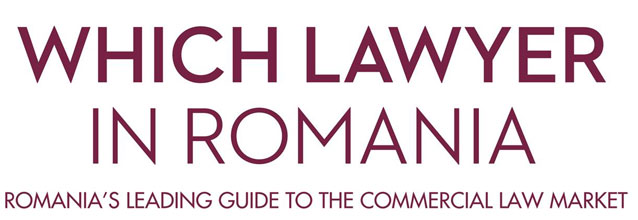
On 8 December, the European Commission published the VAT Gap report for 2020. The good news is that, at European Union (EU) level, the VAT collection has increased again (by around 2%), with Member States recovering around €31bn, compared to the previous year.
The lowest VAT collection deficits were recorded by Finland (1.3%), Estonia (1.8%) and Sweden (2%), and the highest by Romania (35.7%) and Malta (24.1%).
For Romania, VAT collection remains a major challenge, as the deficit continues to increase year after year and is the highest in the EU. Similar to 2019, in 2020 Romania also lost about a third of the VAT which should have been collected. Figures show a loss of €7.4bn in 2020. The delayed reform and digitalisation of the tax administration have inevitably slowed down the improvement in VAT collection and the other measures taken failed to show any results.
„Romania's National Recovery and Resilience Plan (NRRP) includes a package of measures through which the Ministry of Finance has undertaken the most comprehensive reform of the tax administration based on digitalisation, aiming to reduce the VAT collection deficit by 5 percentage points by 2026 (compared to 2019). Some of the measures have already been initiated - SAF-T (Standard Audit File for Taxes) reporting, connecting electronic cash registers to ANAF servers, electronic invoicing or the RO e-Transport system for monitoring high-tax-risk goods shipments.”, mentioned Bianca Vlad, Tax Partner, Mazars Romania.
These measures based on real-time reporting could have the most significant results from a collection perspective if we look at the experience of other Member States. Authorities will have greater control over transactions carried out by traders, with real-time access to a large volume of data designed to help identify fraudulent transactions. „The European Commission welcomes the initiatives of the Romanian authorities, mentioning in its study that forecasts for 2021 indicate a decrease in the VAT Gap, as a result of these digital reporting measures.”, mentioned Miruna Cîrstea, Assistant Tax Manager, Mazars Romania.
We are looking forward to seeing whether the measures implemented by the Romanian tax authorities will have the expected results. The readiness and ability of the tax authority to analyse and process a significant amount of data will be essential, as the tax inspection process is facing a major paradigm shift.
„At the same time, also at the end of last week, the European Commission proposed a series of measures to modernise the current VAT system and adapt it to the digital age. Three key actions have been announced, which will be implemented gradually between 2023 and 2028. The first one refers to the implementation of real-time digital reporting based on mandatory e-invoicing, together with the reform of other reporting obligations (e.g. the recapitulative statements will be eliminated). The second action involves an update of the VAT rules for passenger transport and short-term accommodation platforms, and the last action aims at introduction of a single VAT registration across the EU, by extending the scope of the existing One Stop Shop (OSS) and Import One Stop Shop (IOSS) schemes.”, mentioned Alexandru Stanciu, Tax Senior Manager, Mazars Romania.



 December 13, 2022 16:21
December 13, 2022 16:21 










